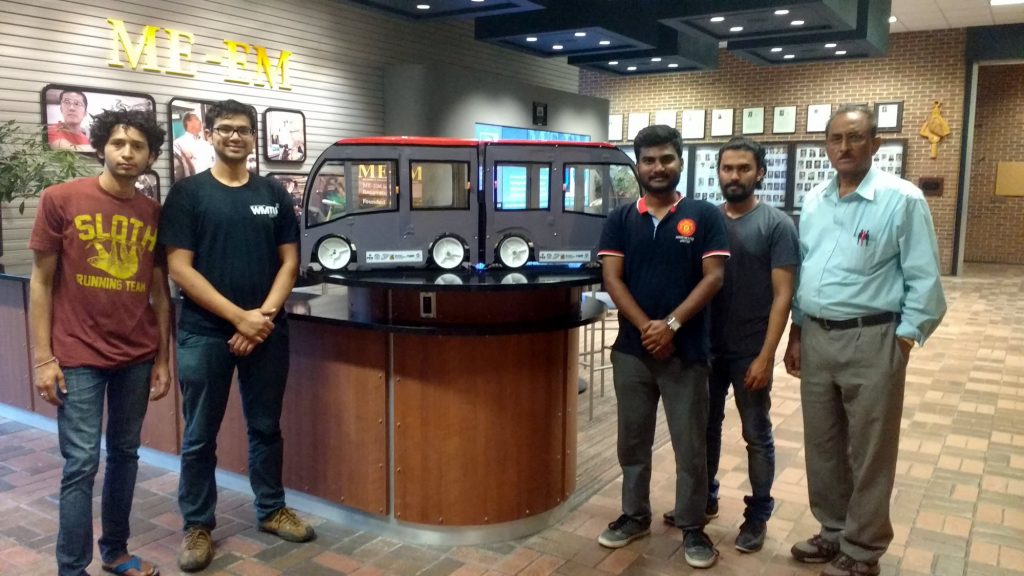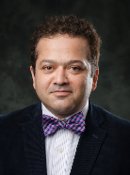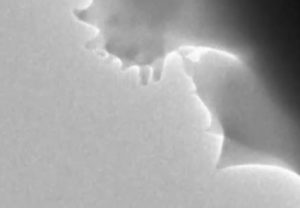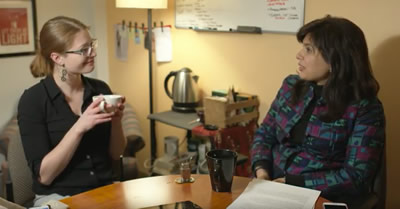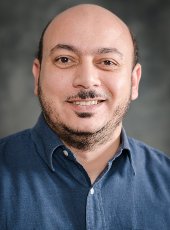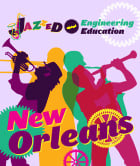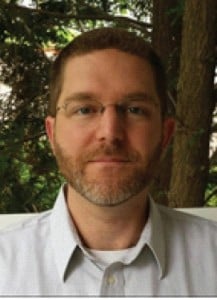PACE, Partners for the Advancement of Collaborative Engineering Education, held the 2016 PACE Global Annual Forum:
Global Mobility Challenges and Solutions
July 25 – July 29, 2016
University of Cincinnati
Cincinnati, Ohio USA
Michigan Tech attended the forum as part of team-6 “Konnect,” which presented their project:
Reconfigurable Shared use Mobility System
in collaboration with other institutions:
- PES Institute of Technology India
- Wuhan University of Technology China
- M S Ramaiah University of Applied science India
- SJCE Mysore India
A total of 8 teams participated in the competition. Each team consisted of 5 or 6 institutions.
